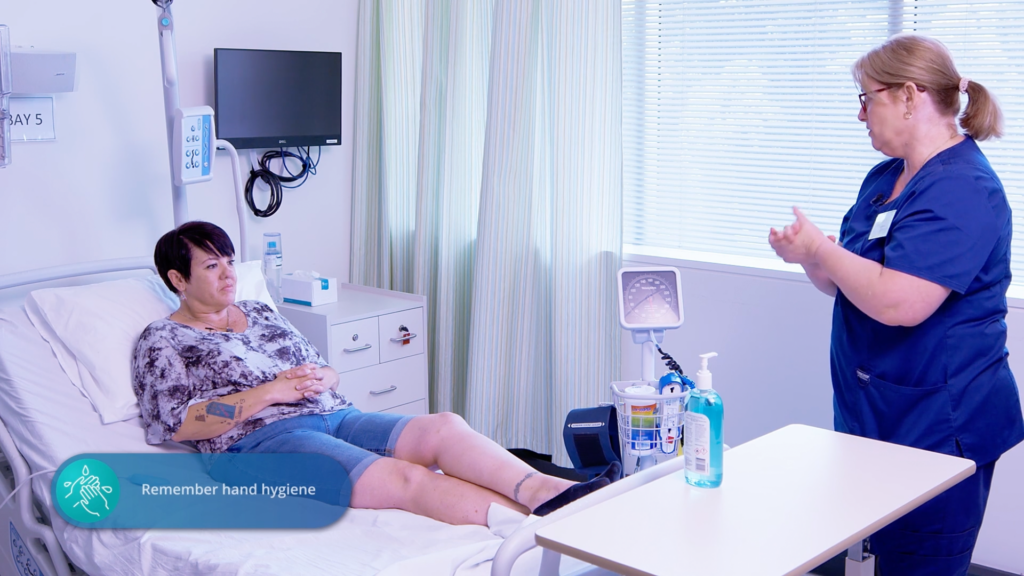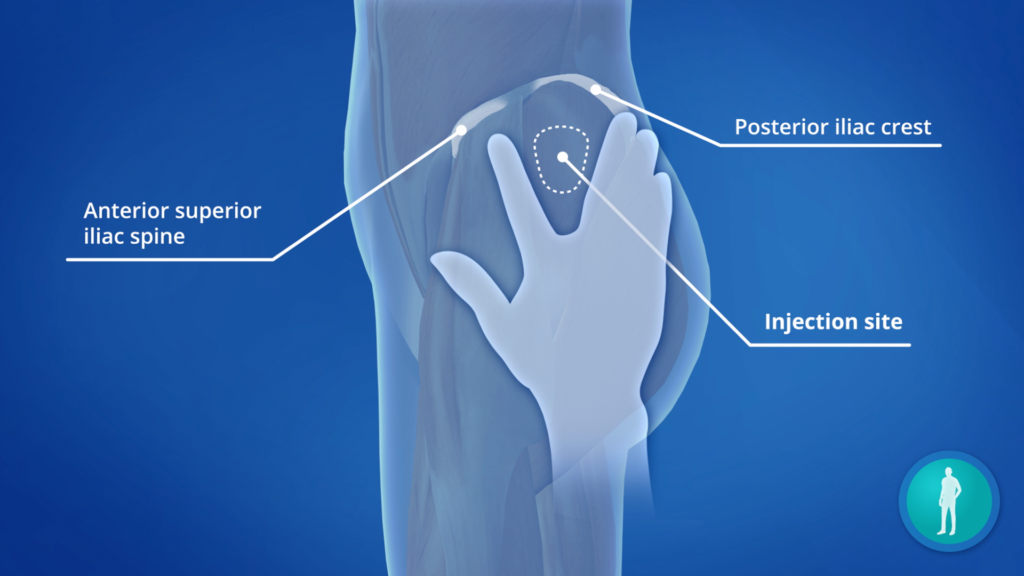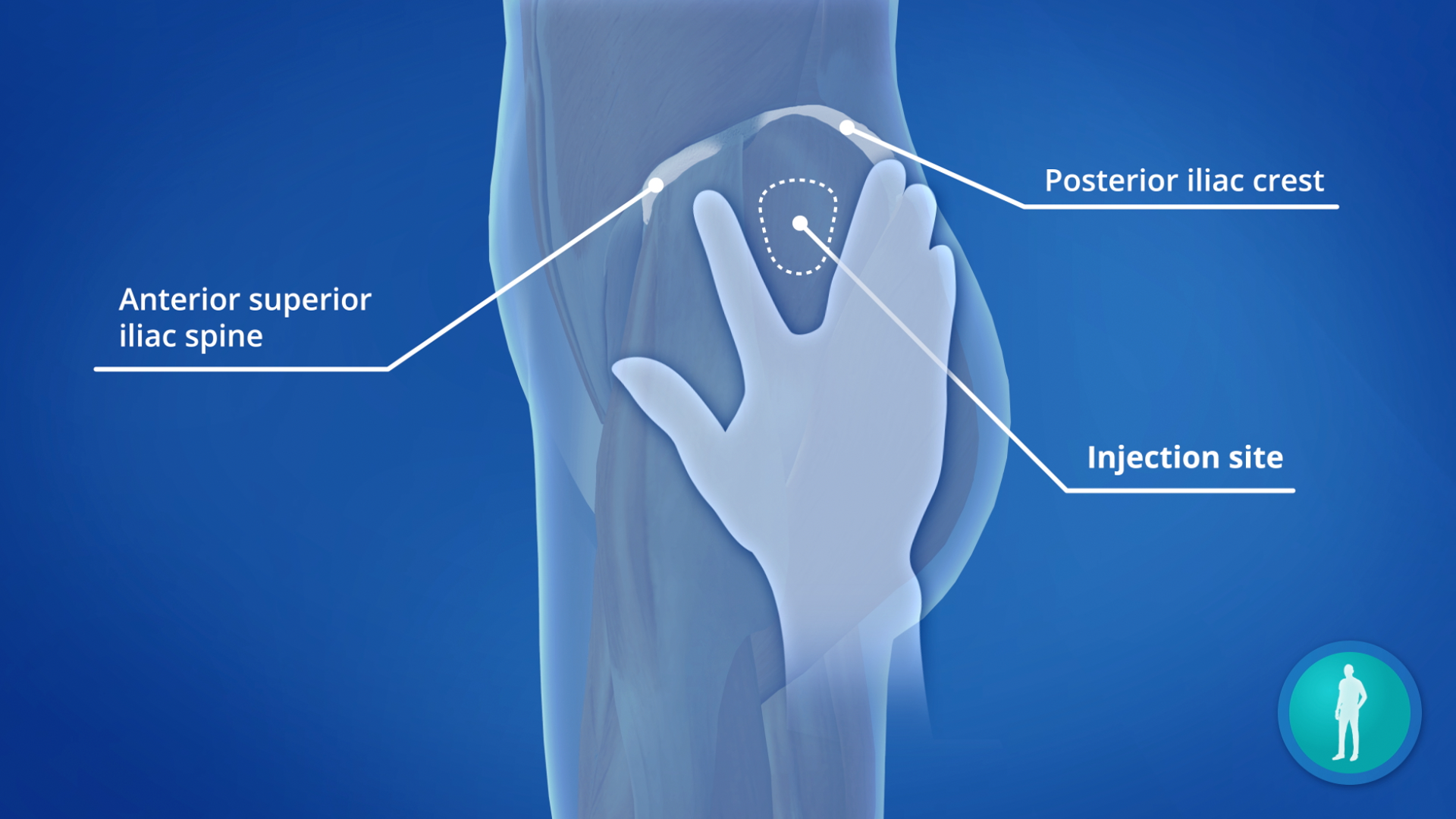A few years ago, I attended a careers talk with a group of primary school students. Sometimes children can be a tough audience, but this time they were captivated because the presentation was arrayed with majestic images of far-off galaxies and distant planets. The guest speaker was a representative from an Australian space agency, and his speech was about the work opportunities in the emerging space economy. He explained that you could adding the word “space” before any job title and create a new and legitimate career. Examples he gave included “space engineer”, “space biologist”, “space chef”, and “space furniture designer” – you get the picture.
It got me thinking: What if I applied the same logic to my line of work? Couldn’t I couple “animator” with other jobs and come up with an equally impressive list of careers, including – wait for it, ‘space animator’?
As it turns out, animators are employed across a broad range of industries. While you may be familiar with character animation and VFX work in feature films and games, animators also work in motion design, advertising, business and statistical data visualisation, simulation modelling for weather forecasting and medicine, and even forensic re-enactment.
The potential applications of animation as a communication tool are vast and varied. As Walt Disney once said: “Animation can explain whatever the mind of man can conceive. This facility makes it the most versatile and explicit means of communication yet devised for quick mass appreciation”.
Animation is not only a powerful medium for telling stories; it is also the ideal tool for exploring complex visual concepts which are otherwise not easily captured with a camera. With animation we can travel to ancient Rome or explore distant visions of the future; we can depict the clockwork of the solar system and even illustrate the delicate construction of the atom.
With the flexibility, creative potential, and spectrum of styles (ranging from cartoony to photorealism), it’s no wonder that animation is a popular tool among educational content creators like TedEd.
So how do we use animation within our UniSQ media development team to make our learning and teaching content more engaging?
In Focus: The Clinical Masterclass
Earlier this year educators from the Nursing and Paramedicine schools approached our team to produce a series of videos that demonstrate foundational healthcare procedures. To complement the footage captured by our video crew, we also developed several animated segments to enhance the content. Let’s explore the different types of animations that were produced and how they each serve to support student engagement and comprehension.
Opener
When students watch a Clinical Masterclass video, the first thing they’ll see is the “opener.” Similar to a TV show’s title sequence, the opener visually unifies the series and sets it apart from other video content. This was the first graphical element designed, and the tone and style were thoughtfully considered as this is the visual grounding for all the other animated segments. We also felt it was important to represent multiple healthcare settings in the illustrations to convey the scope and relevance of the Clincial Masterclass demonstrations.
On-screen Overlays
Another recurrent feature throughout the videos is a “tip bubble” which is overlayed above the live-action footage. These graphics serve as a visual aid to reinforce important concepts, such as proper hand hygiene. Rather than repeating this verbally in the script, the tip bubble provides a helpful reminder that can appear multiple times in the video without distracting from the main action.

Checklist Summaries
Several videos also feature a checklist summarising the implements or steps involved in a particular medical process. These sequences provide a holistic view of the procedure and allow viewers to organize their preparation in their own practice – similar to how a recipe card helps you to gather ingredients before baking a cake. Moveover, having a distinctive graphic that can easily be located in the video timeline helps students quickly revisit this information in their study.

Anatomical views
Lastly, we created a suite of animations about specific aspects of human anatomy and physiology. These sequences not only allow the viewer to understand the structural relationship between different parts of the body, but they also provide a step-by-step progression of healthcare procedures, which can be easier to interpret than static images alone. The animations were incorporated alongside the live-action footage and voice-over to form a strong association between the nursing procedure and the underlying anatomical structures which inform the practice.

As evident in these examples, animation can be deployed in various ways to serve different informational purposes. But what is common to all of them is a focus on student learning and clear communication. This is core to the job of an educational animator. So if you are ever creating an informational video or animation ask yourself:
- What should the viewer learn or take away with them?
- How should the content be presented to best convey these concepts?
From there, your only limitation is what you can imagine!


